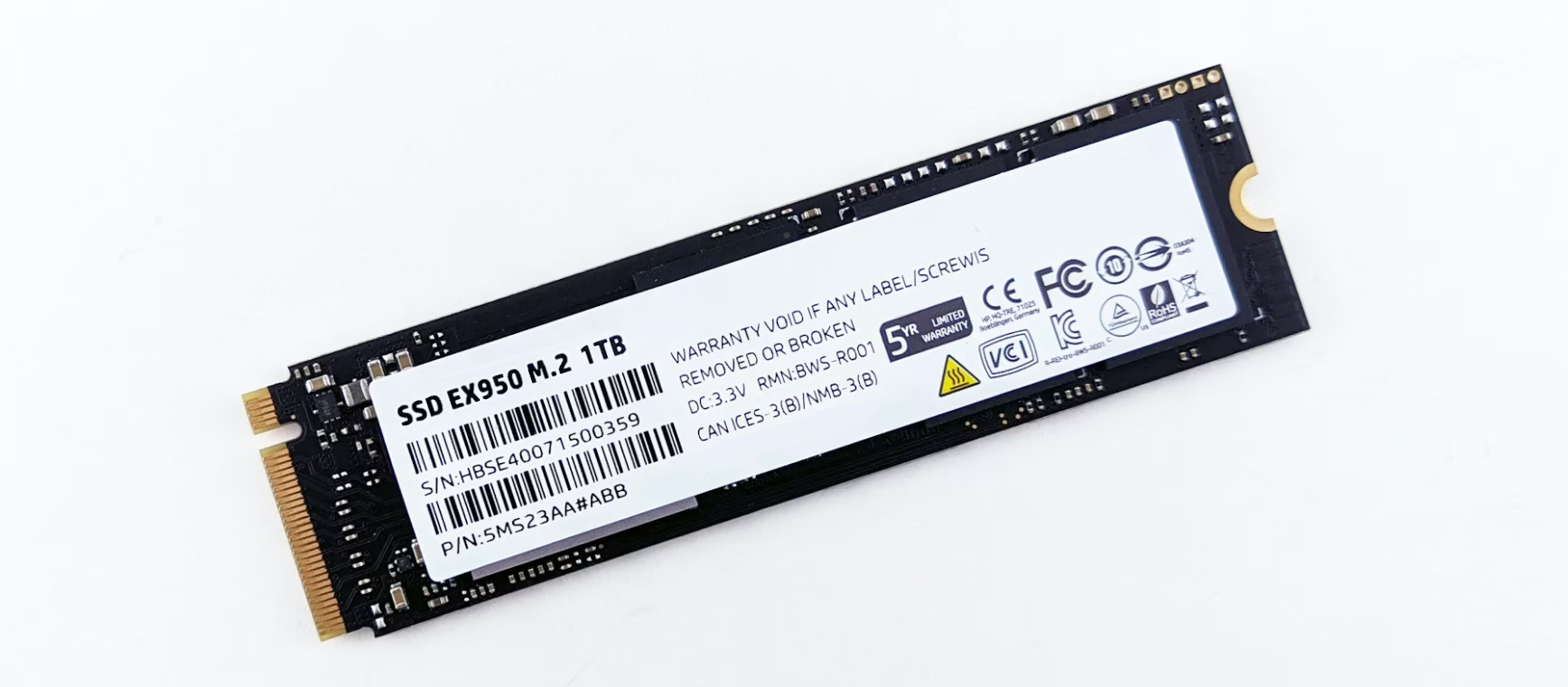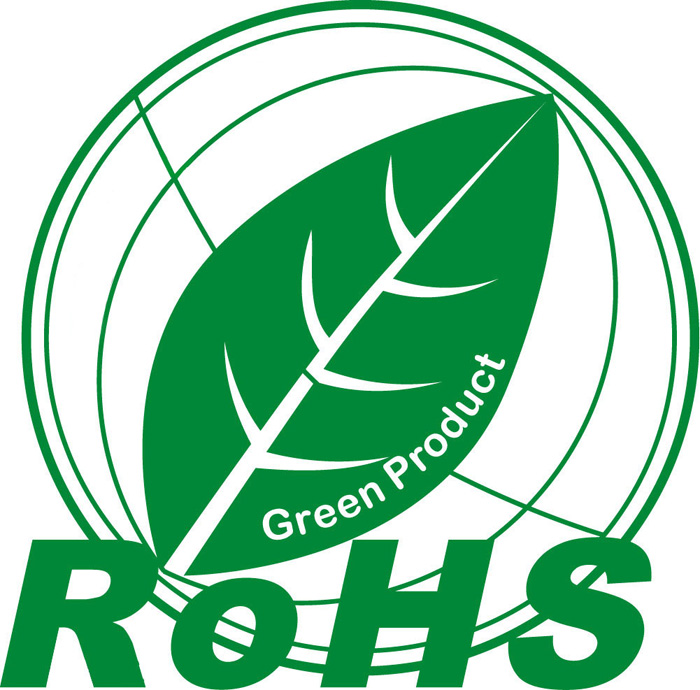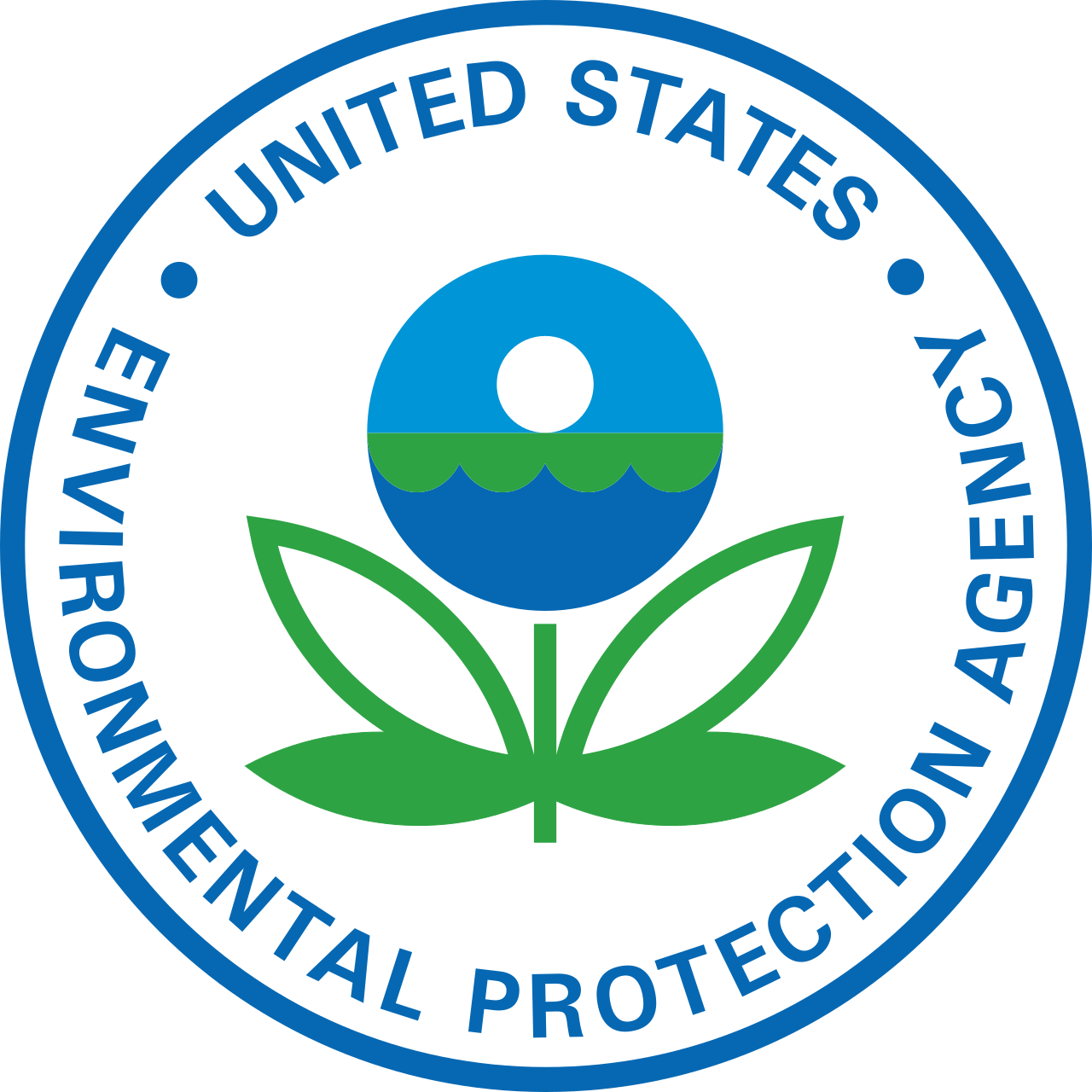In the global electronics market, certifications are not just legal requirements—they are indicators of quality, safety, and environmental responsibility. Understanding these standards is essential for manufacturers, distributors, and consumers alike. This comprehensive guide explores the most important electronic certifications required for international markets.
Introduction to electronic certifications
Electronic certifications serve as proof that a product has been tested and meets specific standards for safety, electromagnetic compatibility, environmental impact, and more. These certifications are often mandatory for products sold in particular regions and provide assurance to consumers and business partners about product quality.

FCC certification (United States)
What is FCC certification?
The Federal Communications Commission (FCC) certification is mandatory for electronic products sold in the United States that can emit radio frequency energy. This certification ensures that electronic devices bdo not cause harmful interference with other wireless communications.
Why is it important?
FCC certification is required by law for applicable products sold in the U.S. market. Without it, products may be denied entry, and manufacturers can face significant fines. It also assures consumers that the device won't interfere with their other electronic equipment.
FCC Mark

The FCC mark
| Standards Organization | Federal Communications Commission |
| Effective Region | United States |
| Product Category | Electronic Equipment |
| Legal Status | Bears No Legal Weight |
Testing requirements
FCC testing typically includes measurements of radiated and conducted emissions, frequency stability, power output, and bandwidth. Products are classified as either intentional radiators (devices designed to emit radio waves) or unintentional radiators (devices that emit radio waves as a byproduct of operation).
Process and timeline
The FCC certification process involves testing at an accredited laboratory, preparation of technical documentation, and submission of an application. The timeline typically ranges from 2-4 weeks for simple devices to several months for complex products.
CE marking (European Union)
What is CE marking?
CE marking indicates that a product complies with European Union health, safety, and environmental protection legislation. It is mandatory for many products sold within the European Economic Area (EEA).
Key directives
For electronic devices, the most relevant directives include:
- Electromagnetic Compatibility (EMC) Directive 2014/30/EU
- Low Voltage Directive (LVD) 2014/35/EU
- Radio Equipment Directive (RED) 2014/53/EU
- Restriction of Hazardous Substances (RoHS) Directive 2011/65/EU
CE Mark
.svg.png)
The CE mark
| Effective Region | European Economic Area, Turkey, and UK |
| Effective since | 1993 |
| Product Category | Various Products |
| Legal Status | Mandatory |
| Website | CE Marking Official Website |
Self-declaration vs. third-party assessment
For many products, manufacturers can self-declare compliance with CE requirements. However, products with higher risks often require assessment by a notified body. The process involves testing, technical documentation preparation, and drafting a declaration of conformity.
Testing requirements
CE testing for electronic products includes compliance with the relevant directives, ensuring the product adheres to safety, electromagnetic compatibility, and environmental protection standards. In some cases, the product may need to be assessed by a notified body.
Process and timeline
The CE certification process involves product testing, technical documentation preparation, and the drafting of a declaration of conformity. For simpler products, this process may take 2-4 weeks, but for more complex devices, it can take several months to complete.
RoHS compliance (Global)
What is RoHS?
The Restriction of Hazardous Substances (RoHS) directive limits the use of certain hazardous materials in electronic and electrical equipment. Originally established in the EU, similar regulations have been adopted worldwide to reduce environmental and health risks.
Restricted substances
The current RoHS 3 directive (2011/65/EU + 2015/863) restricts the following 10 substances:
RoHS Mark

The RoHS mark
| Standards Organization | European Union / Global |
| Effective Region | Worldwide (mainly EU) |
| Product Category | Electronic & Electrical Equipment |
| Legal Status | Mandatory in EU, voluntary elsewhere |
Lead
Mercury
Cadmium
Hexavalent Chromium
Polybrominated biphenyls
Polybrominated diphenyl ethers
Bis(2-ethylhexyl) phthalate
Benzyl butyl phthalate
Dibutyl phthalate
Diisobutyl phthalate
Testing requirements
RoHS testing typically includes material analysis to detect restricted substances and ensure concentrations are below the allowable limits. Tests often use X-ray fluorescence (XRF), wet chemical analysis, or other validated methods.
Process and timeline
The RoHS compliance process involves collecting material declarations from suppliers, performing laboratory tests, compiling technical documentation, and obtaining CE marking if sold in the EU. The timeline may range from a few weeks for simple products to several months for complex assemblies.
EPA compliance (United States)
What is EPA compliance?
In the United States, products that make pesticidal, antimicrobial, or disinfecting claims—such as insect repellents, rodenticides, disinfectants, and air purification devices with sterilization functions—must comply with regulations enforced by the Environmental Protection Agency (EPA). Compliance indicates that the product has been evaluated for safety, effectiveness against target pests, and proper labeling according to U.S. law.
Why is it important?
EPA compliance is required for regulated products to be legally sold or distributed in the U.S. market. It helps protect consumers and the environment by confirming that products meet established safety and efficacy standards. For certain products like pesticides, chemical-based devices, or engines,
EPA Compliance

The EPA mark
| Regulatory Body | U.S. Environmental Protection Agency (EPA) |
| Effective Region | United States |
| Product Category | Pesticides, Disinfectants, Pest Control Devices |
| Legal Status | Mandatory for regulated products |
EPA may issue a formal certificate or compliance notice. For simpler products, EPA typically provides a notification confirming registration and regulatory compliance rather than a formal certificate.
Evaluation requirements
EPA evaluation focuses on the effectiveness, safety, and environmental impact of a product. This can include laboratory testing against target pests or microorganisms, toxicity studies, and review of labeling accuracy. Unlike CE or FCC marks, EPA compliance emphasizes the active function and safety of the product rather than purely technical specifications.
Process and timeline
Manufacturers submit detailed product information, including formulation, efficacy studies, safety reports, and labeling. EPA reviews this data to determine whether the product meets regulatory standards. The review timeline varies: simple products may take 2–3 months, while chemical-based, pesticide, or engine products may require 6–12 months or longer, depending on the complexity of testing and review. Upon successful evaluation, EPA issues either a formal certificate, a compliance notice, or a registration notification, depending on the product category.
Other important certifications
UKCA marking (United Kingdom)
Following Brexit, the UK Conformity Assessed (UKCA) marking replaced CE marking for most products placed on the market in Great Britain. The requirements are largely identical to the EU requirements they replaced.
CCC mark (China)
China Compulsory Certificate (CCC) marking is required for many products sold in China. The certification process involves testing by designated Chinese laboratories and factory inspections.
Certification comparison
| Certification | Region | Main Focus | Mandatory/Optional |
|---|---|---|---|
| FCC | United States | Electromagnetic compatibility | Mandatory for applicable products |
| CE | European Union | Health, safety, environment | Mandatory for applicable products |
| RoHS | EU (similar regulations globally) | Hazardous substances restriction | Mandatory in EU |
| EPA | United States | Pest control products | Mandatory for applicable products |
✅ Key Insight: While certifications vary by region, many manufacturers pursue multiple certifications to simplify global distribution. A product with FCC, CE, and RoHS certifications can typically be sold in most major markets with minimal additional requirements.
Our product compliance
Our electronic products, including ultrasonic pest repellers, air purification systems, and pet care devices, comply with the following international standards:
- FCC Certification - Ensuring electromagnetic compatibility for the US market
- CE Marking - Meeting health, safety, and environmental standards for the European Union
- RoHS Compliance - Restricting hazardous substances for environmental protection
- EPA Est. No. - Meeting environmental protection agency requirements
This comprehensive compliance ensures our products can be distributed globally with confidence, meeting the highest standards of safety and environmental responsibility.